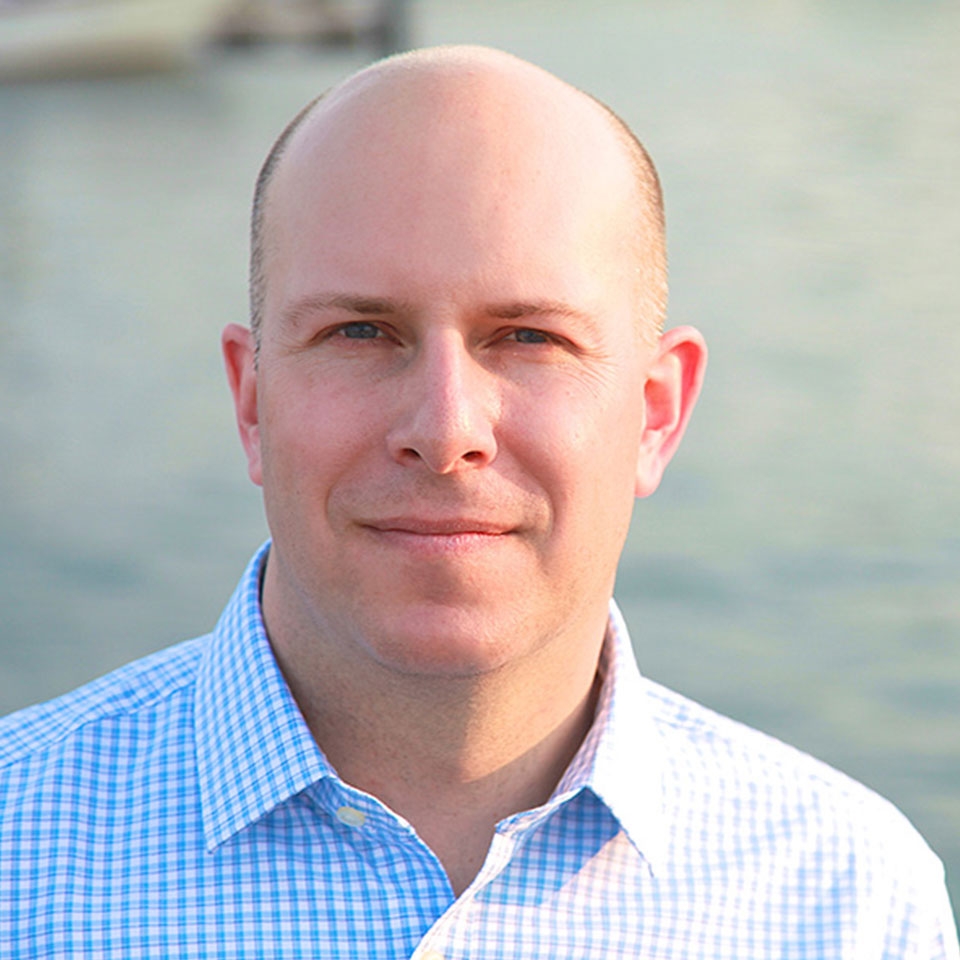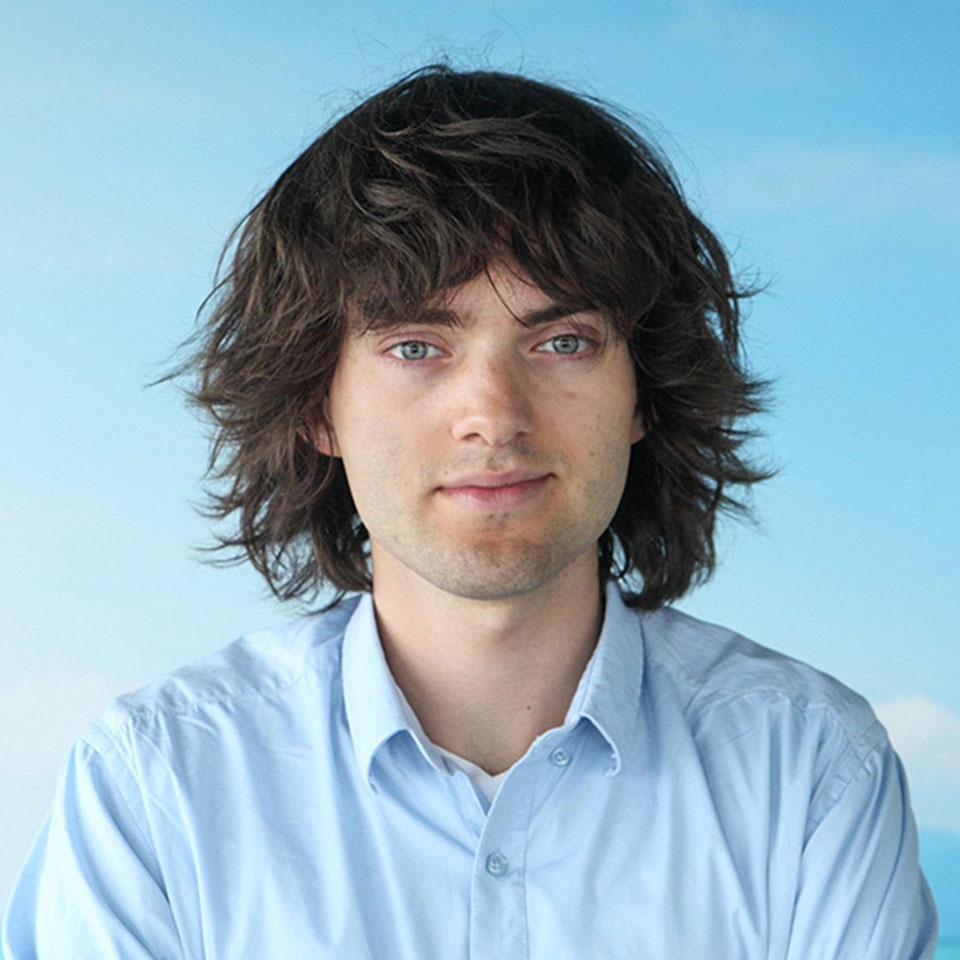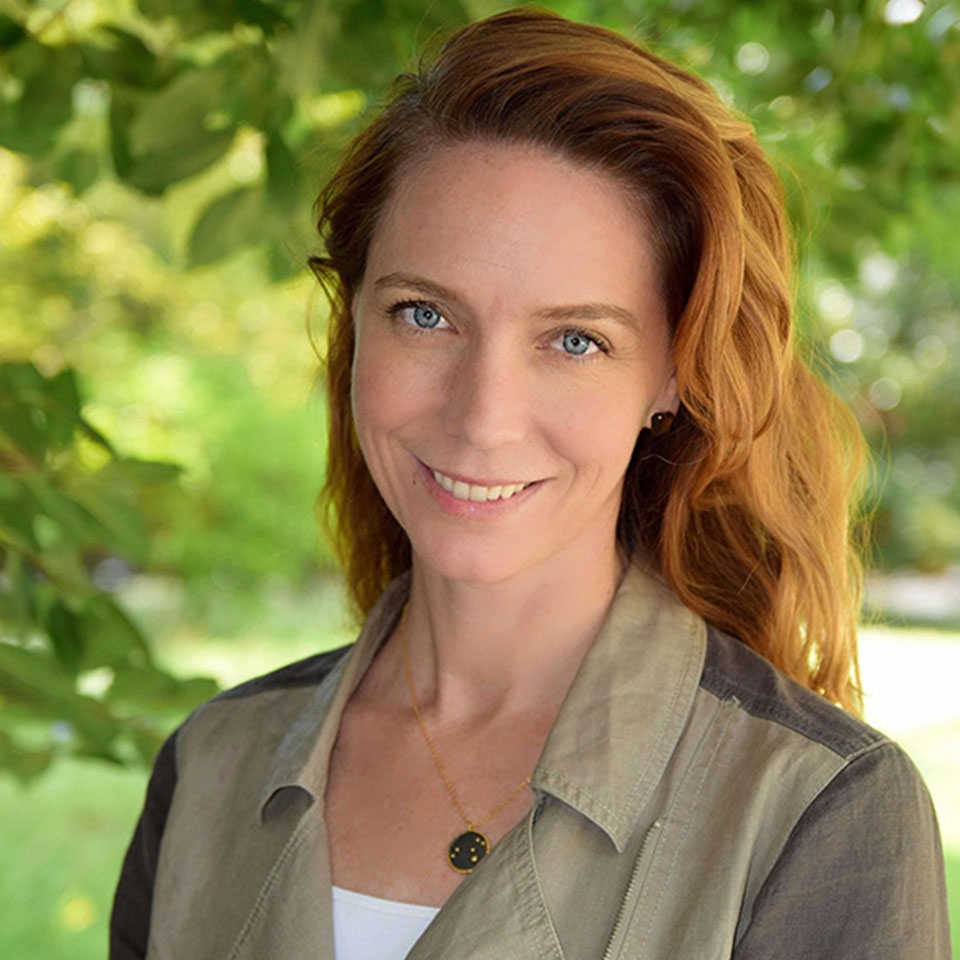Environmentalists Turned Into Voters

Nathaniel Stinnett
Founder and executive director of the Environmental Voter Project
Nathaniel Stinnett rarely talks about the environment; climate change even less.
For the person who runs the Environmental Voter Project, that may sound surprising. To Mr. Stinnett, it’s pretty obvious, even if it’s difficult.
However, convincing people that environmentalism is important or that climate change is happening isn’t the point. The point is getting those who consider themselves environmentalists to vote — nearly 16 million did not in the 2014 midterm elections.
Mr. Stinnett, 43, realized if he could get environmentalists to vote, then they would show up in polls of likely voters, and so would their priorities — the environment and climate change. Politicians would have to pay attention to them to get elected, and these issues would come into the national conversation.
So, with a baby on the way, Mr. Stinnett made the difficult decision to leave a high-paying job at a Boston law firm and take on the cause.
But how? Most people buy into the idea that voting is good (even if they don’t do it) and would be ashamed for their communities to find out they didn’t vote.
Mr. Stinnett said he and his colleagues used social and peer pressure — much better “behavioral nudges” than talking about the environment. A sample mailer from the group: “Did you know that last time there was a City Council election, 87 percent of your block voted and you didn’t?”
And it’s working. Since starting in Massachusetts in 2015, a report by the group shows that it has increased turnout in multiple elections by around 5 percent; in its first attempt in Florida (St. Petersburg’s mayoral race), the group added nearly 500 environmentalists to the voter rolls, and it plans to target nearly a million Florida voters in the coming midterm elections.
For the midterms this year, with an army of 1,500 volunteers across the country, they’ll be targeting 2.4 million environmentalists in Massachusetts, Pennsylvania, Georgia, Colorado, Florida and Nevada.
It might seem depressing that so many environmentalists (let alone Americans) don’t vote. But Mr. Stinnett sees it as an “enormous opportunity.”
“We have a silent green majority,” he said. “We’ve already won the battle for hearts and minds, and we have this army that could change everything by doing one thing: voting.”
Becoming an Activist for Environmental Justice

Elizabeth Yeampierre
Executive director of Uprose
Elizabeth Yeampierre, a native New Yorker of Puerto Rican heritage, did not plan on being an environmental justice activist.
When she became the leader of Uprose, a Latino community-based organization in Brooklyn, she began by listening to what the community wanted: clean air; more green space; no new power plants in their neighborhood.
In the process of fighting for these things and others, Ms. Yeampierre found herself at the helm of what has become one of the country’s most successful community-based climate and environmental justice groups.
From Sunset Park, Brooklyn, she quickly made an impact across the city — advocating for lead paint removal legislation — and the state — helping to pass brownfields legislation — and nationally — speaking at a climate change rally, which coincided with Pope Francis’s visit, on the National Mall in Washington.
In the process, Ms. Yeampierre, who is descended from African and indigenous people, has helped change what climate activism looks like. She is making a space for young people of color, including at events like the People’s Climate March.
“There are all these stereotypes about minorities not caring about climate change,” she said, “but we live within our carbon footprint, and we do care.”
Cindy Weisner, the executive director of the Grassroots Global Justice Alliance, met Ms. Yeampierre as they were both helping to organize the People’s Climate March, and was immediately impressed by her ability to connect the needs of her community to the wider environmental and climate justice movement.
“For her to extend out beyond the needs of her community was a real sign showing me personally: this is what leadership means,” Ms. Weisner said.
Ms. Yeampierre, who is in her 50s, said her success was deeply rooted in protest culture and community organizing, not some radical innovation: she listens, she shares.
And she has perspective: “Our ancestors were in shackles, and we’re a testament to their sacrifice and their vision.
“Like them we need to be able to believe we can change things. There has never been a challenge to our survival like climate change,” but that doesn’t mean we give up, she said.
“I can’t live thinking that I didn’t do everything I could.”
Finding a Solution for Plastic Pollution

Boyan Slat
Founder of The Ocean Cleanup
Swirling in the eddies and currents of the Northern Pacific Ocean are trillions of pieces of plastic, stretching across an area about four times the size of California. It’s a scourge that scientists lament, and one that captures the public imagination every so often, like when a photo of a sea horse wrapped around a Q-tip goes viral.
The scope of the problem, like so many environmental issues, feels too big to do anything about to most people, including adults.
Enter Boyan Slat. When he was 16, he went scuba diving in Greece, where he said he saw more plastic than fish. The problem of marine plastic pollution became one he wanted to solve.
Within two years — at the same time that he became a legal adult in his native Netherlands — he had started a foundation, The Ocean Cleanup, and began developing a device to get plastic out of the ocean.
Now 23, he is getting ready to deploy his invention to the North Pacific Garbage Patch, where this summer it will begin gathering plastic, which will be taken by barge to land where it will be recycled. The hope is that half of the plastic there will be gone within five years.
Despite his efforts to solve a major environmental problem — he plans to collect the plastic in the four other accumulation zones in the South Pacific, North and South Atlantic and Indian Oceans — he considers himself a technologist, not an environmentalist. For Mr. Slat, marine plastic pollution was something he thought he could fix, through his passion for invention and technology.
“I hope that the Ocean Cleanup can be a blueprint of how you can solve problems,” he said. “Instead of fighting against the stuff you don’t agree with, building the future that you do agree with.”
Carbon Dioxide Emissions Become Fuels and Materials

Kendra Kuhl
Co-founder of Opus 12
Imagine a future where car engines run on particles gathered from the fuel they’ve already burned and where plastic doesn’t sit in landfills forever, but has another life — as plastic.
That’s the future dreamed up by Kendra Kuhl and her co-founders of Opus 12, a clean energy start-up that seeks to turn carbon dioxide emissions into new fuels and materials similar to plastic. And they are in the process of creating it.
Through a complicated process that is hard for a journalist with no background in chemical engineering to explain, carbon dioxide emissions from industrial processes are combined with water and a catalyst in a reactor. When (renewably powered) electricity is applied to the reactor, it can produce fuel or plastics.
Dr. Kuhl and her colleagues are working on creating a commercial-scale prototype, but they hope someday to be able to recycle tons of carbon dioxide emissions every day, preventing additional planet-warming emissions and finding a beneficial use for the gas we have released in such abundance.
Dr. Kuhl, 36, majored in chemistry as an undergraduate at the University of Montana and later earned her doctorate in the subject at Stanford University. She was drawn to the field partly because of her talent for it and partly because she wanted to do something about climate change, inspired by her love of the outdoors that came from growing up in Montana.
Ilan Gur, the founding director of Cyclotron Road, a fellowship program that supports scientists trying to build technologies with global impact, selected Dr. Kuhl and her co-founder, Etosha Cave, for their first class of fellows because of their unique application of hard science to the world’s biggest challenge.
“I’m not one to use hyperbole lightly,” Mr. Gur said, “but what she’s working on could be part of a solution that potentially saves the planet.”
Ms. Kuhl is slightly more modest: “Naïvely when I was in high school, I thought, ‘We can make a new technology that can solve this whole problem.’ The deeper into it I’ve gotten the more I’ve realized that a new technology can help, but it takes all kinds of things together to make a difference.”
A Public Defender of Climate Sciences

Kim Cobb
Professor of atmospheric and climate sciences at Georgia Institute of Technology
When Kim Cobb looks at a coral reef, she sees something others might miss: thousands of years of climate history.
She has been researching on Christmas Island in the Central Pacific for more than two decades, and has been able to reconstruct how El Niño has behaved for the last 7,000 years.
Because of her work, scientists can say with greater confidence that El Niño has become more intense as a result of human activity.
And she has seen its effects firsthand. When she visited her research site after the 2015-16 El Niño, she saw a skeleton of the reef. More than 75 percent was dead.
“You can’t witness what I did at my research site of 20-plus years, watch it die and in the same year watch an administration get elected that is openly hostile to climate change and climate policy and not be changed by those events,” she said.
Since then, Dr. Cobb, 43, has become more than an award-winning climate scientist — she has become a public defender of climate scientists, their work and the planet.
On Twitter (@coralsncaves), at the March for Science Atlanta last year, and in all her public appearances, she presses for engagement — demanding that audiences live their values; challenging scientists to focus on solutions, not just on identifying problems; encouraging her students to reduce their carbon footprints.
Being a mother of four has also made her more radical. Climate change is even more urgent because of them, she said, and her experience “narrowly escaping” the professional damage so many mothers endure made her want to advance the careers of other women in climate science and science more generally. She has the opportunity to do that as an Advance professor of diversity, equity and inclusion at Georgia Tech.
For Dr. Cobb, climate change and diversity in science are connected. They both require engagement and solutions, and plenty of voices and ideas.
“The medicine of engagement keeps me going personally in what are deep structural long-term challenges that I know I can’t fix alone,” she said.
How We Picked Our Visionaries
People love lists.
We want to check out the best places to travel, catch up with the best inventions of the last 100 years, be in the know about the best-dressed people, the best books, the best schools. And on and on.
Of course, there is a risk to listmaking. Maybe your choices won’t hold up over the years. Maybe the best book of decades ago seems not so great today.
With the listmaking fervor and its risks in mind, we searched for people who would fit our criteria for visionaries. They had to be people who are forward-looking, working on exciting projects, helping others or taking a new direction. We wanted diversity in gender, race and ethnic background.
We assigned writers who are knowledgeable about the subjects we deemed most important. And we limited the list to 30.
Narrowing down the numbers was a huge challenge. And that’s a good problem to have. It means there are a lot of people out there who are following their visions.
We hope this inspires you to follow yours.
